E-Learning
Videos
Past Events
If you're looking for professional advice on methane analysis by means of an open-path laser-absorption spectrometer or a mid-infrared tunable-diode laser spectroscope, follow the links for the relevant e-Learnings. Similarly, if you're in need of information on hyperspectral infra-red imaging for any-state methane, take a look at Jean-Phillipe Gagnon of Telops Inc.'s lecture on the topic. Finally, click through to find an overview of new sensor technologies for methane analysis....
"Methane (CH4) is an important greenhouse gas as it contributes ¼25% of the direct radiative forcing impact of carbon dioxide (CO2), and atmospheric CH4 has grown over 3x as fast as CO2 since the industrial revolution. Among the diverse CH4 sources globally, mitigating CH4 from the oil and gas (O&G) sector is key for several reasons: (i) The O&G sector is one of the largest anthropogenic CH4 sources. (ii) There it can be cost-effectively captured and used as an energy source. (iii) Mitigatin...
The OGCI (Oil and Gas Climate Initiative) targets to reduce Methane Intensity under 0.25% with an aim to reach 0.20%. With Methane having a *86-times higher GWP in a 20-year perspective compared to CO2 (*2013 IPCC AR5 p714) it is understandable that accurate methane emission calculation throughout the gas supply chain is important. In current state, most methane emission values that are reported are based on estimation models instead of actual measurements, which is a concern in the gas indus...
"Methane is a potent greenhouse gas, responsible for more than 25% of today's global warming. Reducing methane emissions from the oil and gas industry is one of the fastest, most cost-effective ways currently available to slow the rate of climate change. Several countries (e.g., Mexico, Canada, Climate and Clean Air Coalition [CCAC] ministers) and operators (e.g., members of the Oil and Gas Climate Initiative [OGCI]) have announced pledges to reduce methane emissions from the oil and gas supp...
"We report the development, and field validation, of a recently commercially available, portable and rugged, trace gas analyzer for the measurement of atmospheric methane (and carbon dioxide). Supported in part under the DOE/ARPA-E, MONITOR1 program, the purpose of the development was to make available a low-cost, high-sensitivity instrument that would become the core of a complete system for the localization and quantification of methane leaks from industrial sites related to oil & gas opera...
Aggressive reductions of oil and gas sector methane, a potent greenhouse gas, have been proposed in Canada. Few large-scale measurement studies have been conducted to confirm a baseline. This study used a vehicle-based gas monitoring system to measure fugitive and vented gas emissions across Lloydminster (heavy oil), Peace River (heavy oil/bitumen), and Medicine Hat (conventional gas) developments in Alberta, Canada. Four gases (CO2, CH4, H2S, C2H6), and isotopic 13CCH4 were recorded in real-...
The Bacharach Hi-Flow Sampler (hi-flow) has been widely used to monitor methane (CH4) leaks from various industrial sources, however CH4 emission estimates calculated from these measurements have recently been challenged due to possible issues with instrument performance. This study focused on improving the understanding of the performance of the hi-flow by investigating both its characteristics and potential failure modes. The hi-flow was tested in a laboratory by delivering test gases direc...
"Controlled release studies are used to develop and qualify measurement methods, however these studies are often performed in an open environment using a single, steady emission source operated across a limited span of flowrates. The Colorado State University (CSU) Methane Emission Technology Evaluation Center (METEC) and the Total Transverse Anomaly Detection Infrastructure (TADI) are industrial measurement platforms which expand the capabilities of controlled release studies. METEC was d...
If you're looking for professional advice on methane analysis by means of open-path laser analysers or a mid-infrared tunable-diode laser spectroscope, follow the links for the relevant e-Learnings. Similarly, if you're in need of information on hyperspectral infra-red imaging for any-state methane, take a look at Jean-Phillipe Gagnon of Telops Inc.'s lecture on the topic. Finally, click through to find an overview of new sensor technologies for methane analysis. "Deploying unm...
"Mitigation of climate change as targeted in the 2015 United Nations Climate Change Conference in Paris (COP21) requires massive reductions of greenhouse gas emissions, far beyond the Intended Nationally Determined Contributions. Natural gas is one of Europe's most important sources of energy, and CH4 emissions are a major contributor to Europe's global warming impact. With a rather short lifetime of 10 years, methane (CH4) is an attractive target for short- and medium-term climate change mit...
Digital Edition
AET 28.2 April/May 2024
May 2024
Business News - Teledyne Marine expands with the acquisition of Valeport - Signal partners with gas analysis experts in Korea Air Monitoring - Continuous Fine Particulate Emission Monitor...
View all digital editions
Events
Jul 30 2024 Jakarta, Indonesia
China Energy Summit & Exhibition
Jul 31 2024 Beijing, China
2024 Beijing International Coal & Mining Exhibition
Aug 07 2024 Beijing, China
IWA World Water Congress & Exhibition
Aug 11 2024 Toronto, Canada
Aug 25 2024 Stockholm, Sweden and online
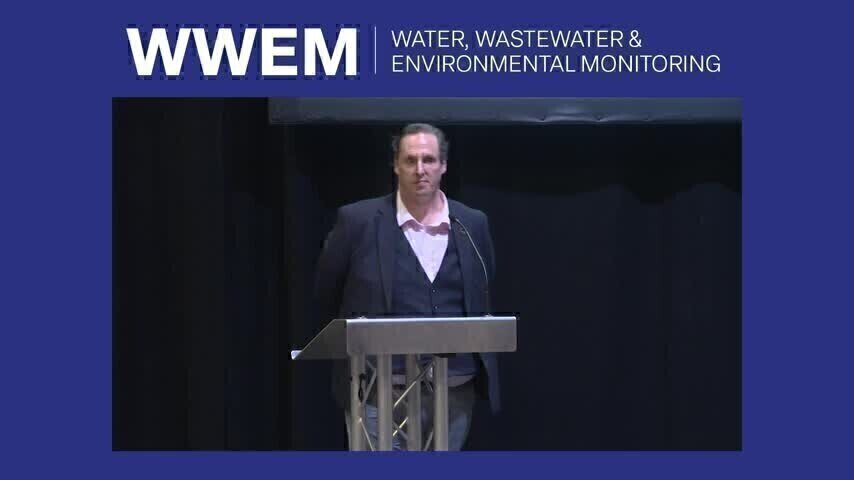
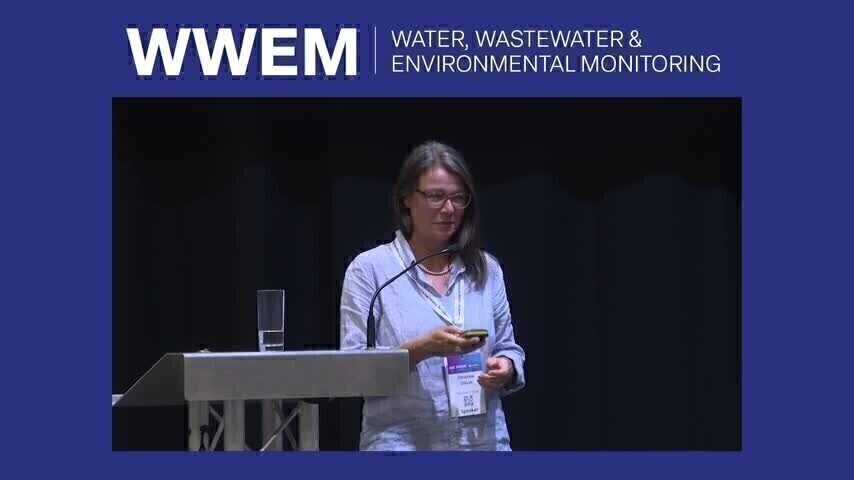
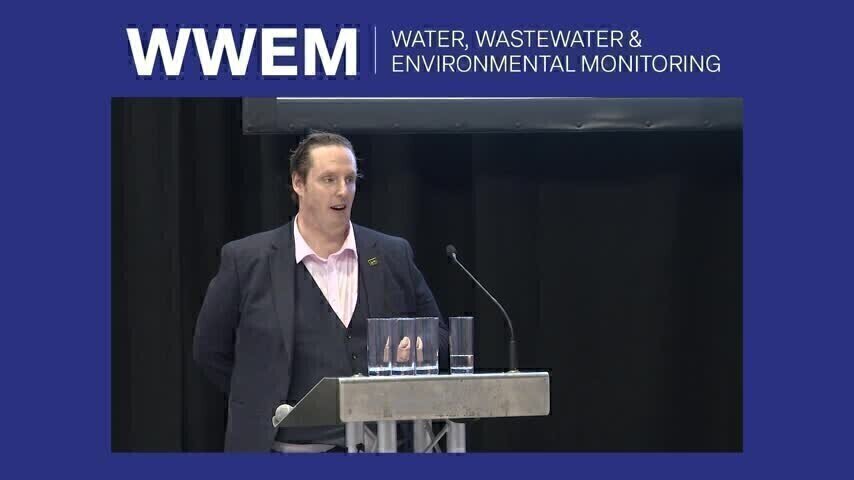
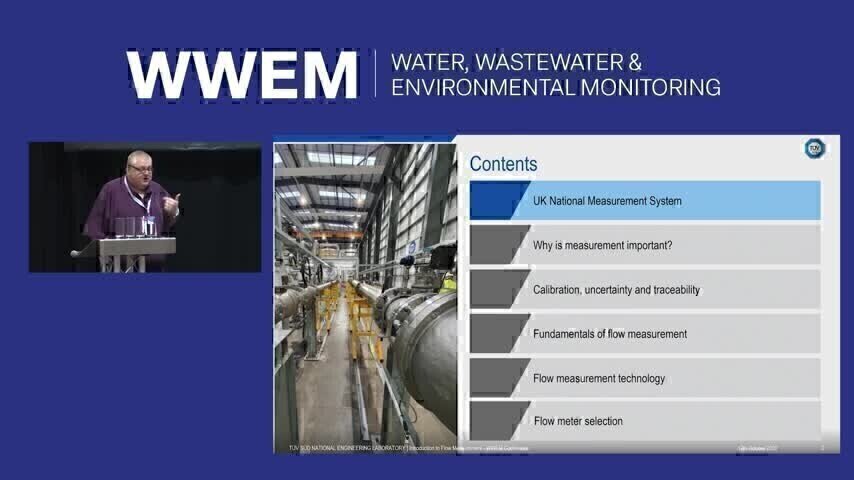
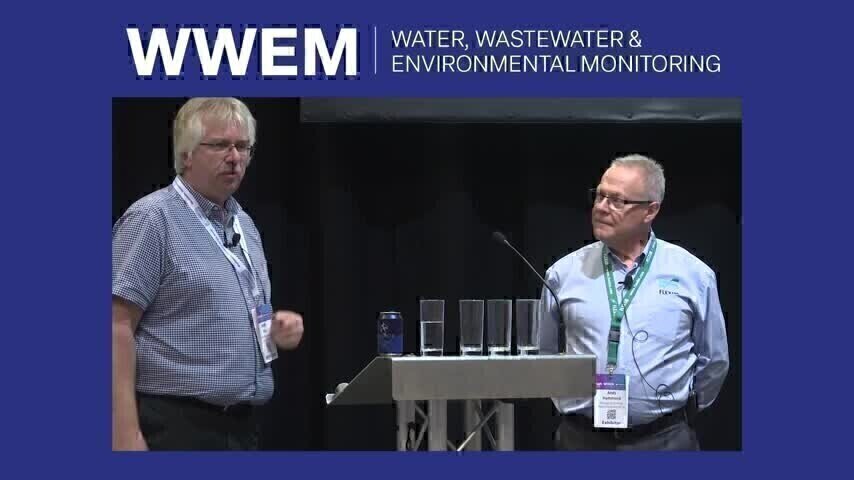










.jpg)








